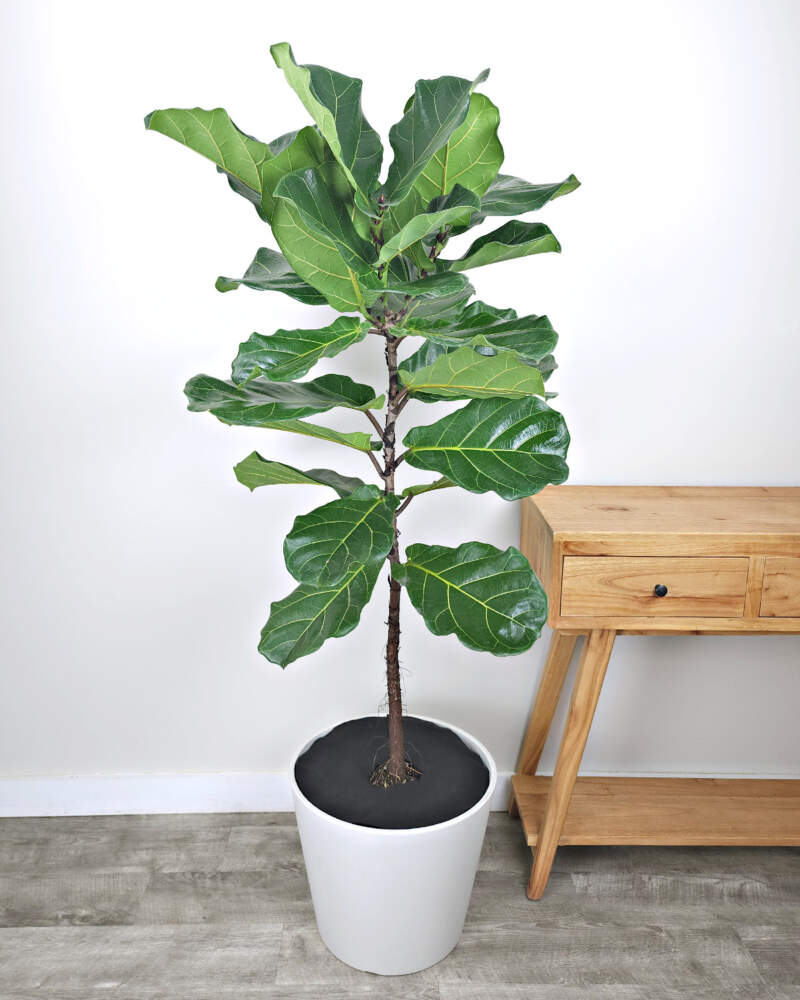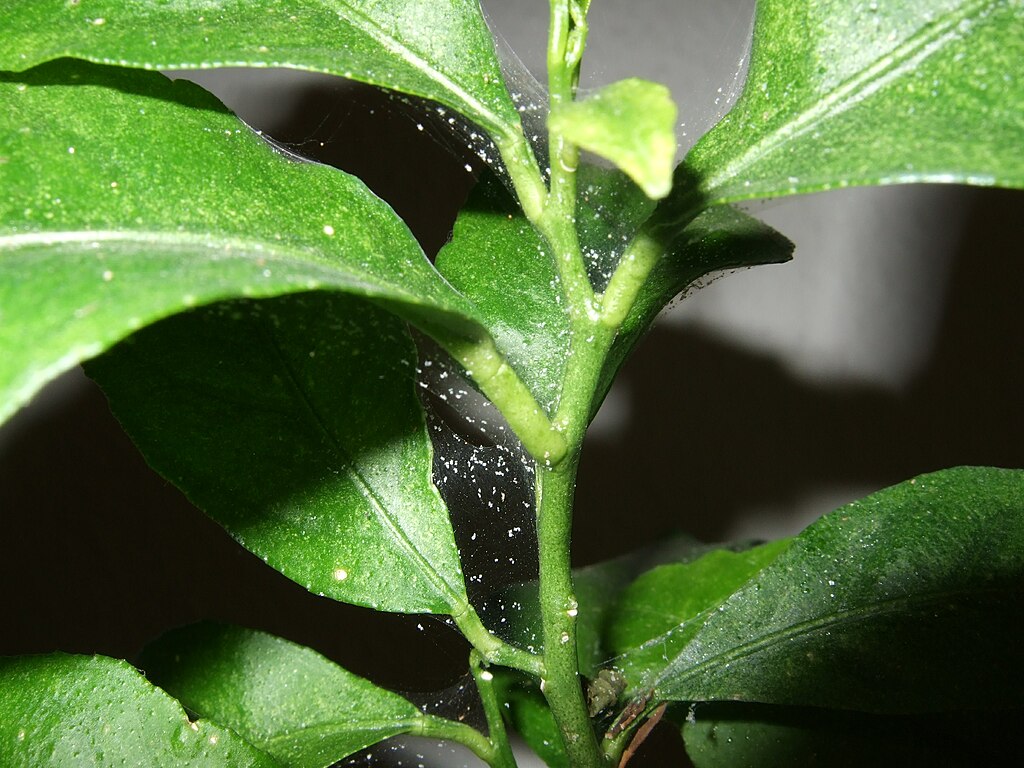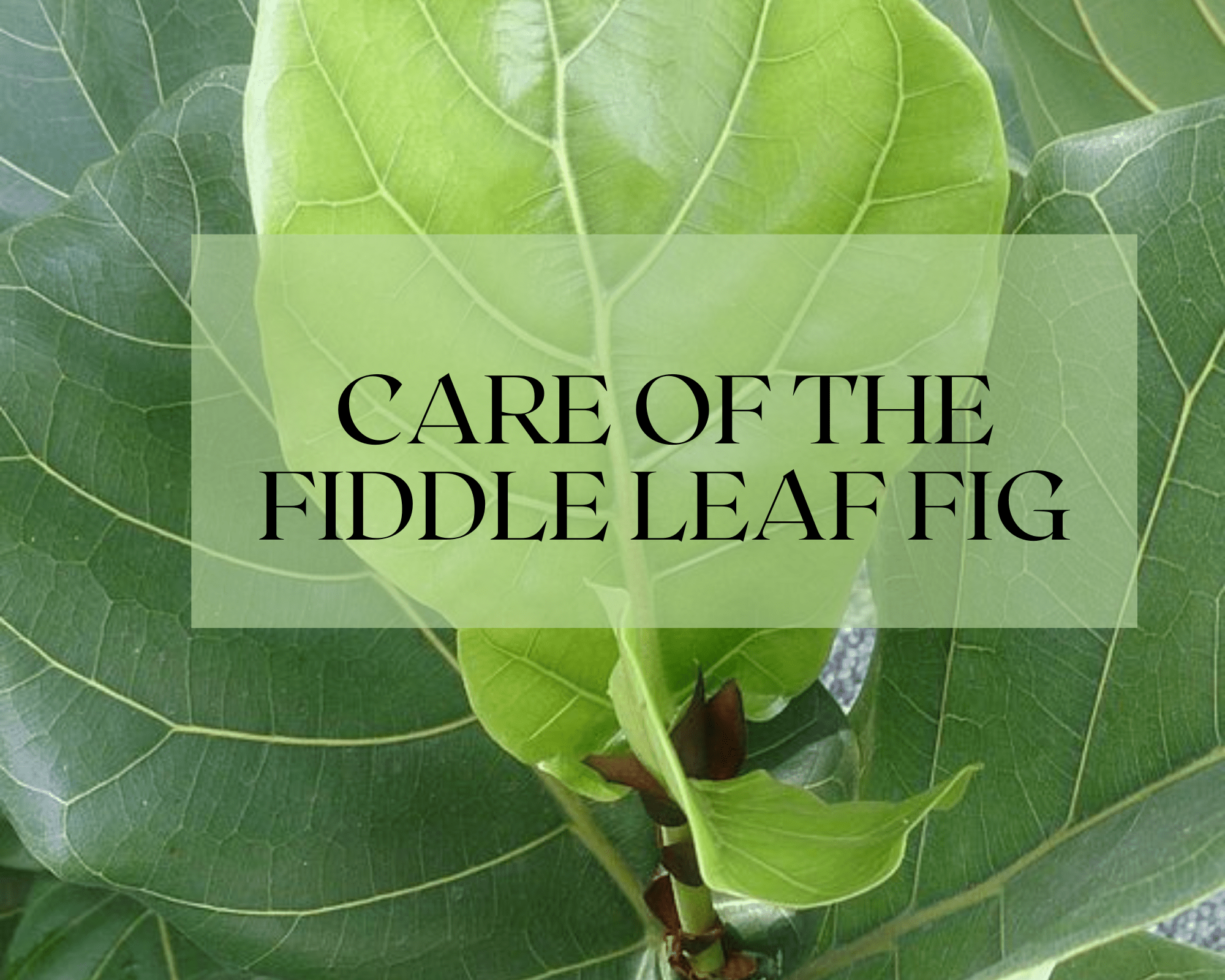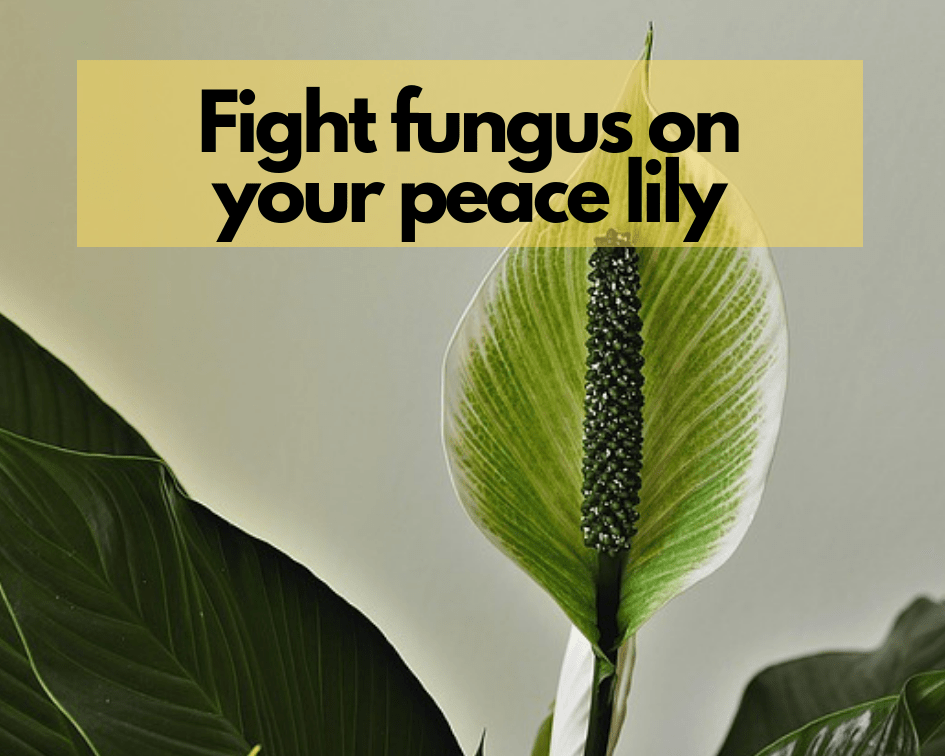This post may contain affiliate links. As an Amazon Associate we earn from qualifying purchases.
Fiddle leaf fig care is like walking a tightrope. The fiddle-leaf fig: a diva? Read on!
With its huge, leathery leaves and tall, pre-historic-like demeanor, the fiddle-leaf fig tree (Fycus lyrata) seems almost indestructible.
Talk to anyone who is in love with one and you’ll quickly learn she’s the diva of the houseplant world. Well, one of them anyway.
For instance, the amount of water this plant wants is quite specific but don’t go running to Google. This amount is something that it expects you to figure out on your own. This makes sense when one considers that the tree isn’t grown in identical conditions the world over.

So, trial and error (and woe be to the indoor gardener who commits an error with this princess) is the way to approach fiddle leaf fig tree care.
We will, however, help you out as much as we can with some general care tips. The first of these is to keep an eye on your fiddle leaf and adjust your care routine according to the signals you’re getting.
Most of all, remember that this plant is endemic to the tropical lowland rainforests of Africa. At a maximum height of 50 feet, the fiddle leaf fig, in nature, is an understory tree, living under a 164-foot-tall canopy.
Supplies you’ll need to provide fiddle leaf fig care
- A fiddle leaf fig plant (duh!)
- Pine bark fines
- Perlite
- Sphagnum peat moss
- Miticide
- Neem oil
- Triple 10 liquid fertilizer
 The best soil for the fiddle leaf fig
The best soil for the fiddle leaf fig
How many times have you heard that a plant “prefers well-drained soils?” and don’t have a clue what that means? Does that mean Miracle-Gro potting mix? WTH does it mean? And why bother stating that it needs the same soil every other plant written about needs?
It’s ok to use that Miracle-Gro but you’ll need to add some other stuff to it. A lot of other stuff.
The ideal soil for most container-grown plants has no soil in it. It’s composed in large part of pine bark fines, with a bit of peat moss and perlite added to it. The gentleman who recommends this mix (and a killer succulent mix) suggests 5 parts of the pine bark and 1 part each of the sphagnum peat moss and perlite.
If you can’t find pine bark fines, head to the nearest pet store and look for a product called Repti-Bark. You can also order it online at Amazon.com.
The idea is to have a loose potting mix that allows the fiddle leaf’s roots to breathe, no matter how much you overwater.

Fiddle leaf fig fertilizer
Fertilize the fiddle leaf fig from spring through fall, beginning when you first see new growth. Use a balanced, water-soluble fertilizer, such as a 10-10-10, diluted to half the strength recommended on the bottle. Every 3 weeks or so should be fine.
When you fertilize, always apply it to moist soil. Pour the solution over the soil slowly until it runs from the bottom of the pot. Then, water the soil again after fertilizing.
 Watering a fiddle leaf fig
Watering a fiddle leaf fig
This is where the care of the fiddle leaf fig tree gets tricky. Whenever I get a new plant I start out watering on the conservative side, meaning I withhold water until I’m absolutely sure the plant requires it.
Stick your finger in the soil and if it feels moist, hold off. But keep an eye on the plant. If it becomes droopy or it drops leaves, you’ve waited too long, although it’s notorious for dropping them when it’s overwatered as well.
I don’t know for sure, but I think this all goes back to its African roots. In Cameroon, one of the areas it hails from, there are rainy, rainy seasons and then long periods of drought. No wonder the plant is confused.
In winter, you’ll want to change your routine, not fertilizing, watering less often and providing more light and warmth.
Fiddle leaf fig light, temperature and humidity needs
I’ve read several pieces of advice that say the fiddle leaf fig needs direct sunlight. Mine would kill me if I put her in direct sun.
Remember, in its native environment, the fiddle leaf fig is an understory tree, living in the shadows of trees that are three times its height. I would imagine that if it gets any sun, it is diffused or dappled, playing in and out of the canopy.
Keep the temperature higher than 60 degrees and if you can, even warmer. It’s hot and humid which this tree prefers, but tends to tolerate cooler.
 Common pests of the fiddle leaf fig
Common pests of the fiddle leaf fig
Spider mites and scale – two of the most dreaded pests for both indoor and outdoor gardens – love our fiddle leaf figs.
The good news is that you can take preventive measures which include keeping the leaves and the area where the leaves join the main stem, clear of dust. Give them a wipe-down once a week or so to discourage these dust-loving critters.
If you see webbing on the fiddle leaf fig, it’s too late – spider mites have arrived.
For a small infestation, try wiping them (and their webs) away with a damp sponge or soft cloth. Otherwise, you’ll need to resort to a pesticide labeled for use on mites. Since they aren’t insects, most of the more common insecticides won’t kill them.
I’ve had good luck with an organic miticide (see the Supplies section at the top of this blog post), while others swear by a commercial insecticidal soap spray (please don’t use dish detergent on your precious houseplants). Learn more about spider mites on houseplants and how to deal with them, here.
Scale, with its hard covering, is also a bit of a challenge to control. If there are only a few, use a cotton swab dipped in alcohol to kill them.
If you aren’t familiar with what brown scale looks like (the ones that typically attack the fiddle leaf fig), head over to the Royal Horticultural Society’s website and take a look.
Try neem oil, sprayed directly on the scale, to control them. It may take several applications to get at the youngin’s produced.
There you have it – your guide to growing a rainforest tree from Africa in a humid-lacking, heat-challenged, sunlight-craving apartment or home. Ah, come on, you got this!




